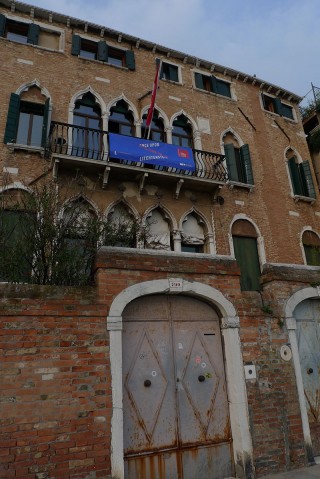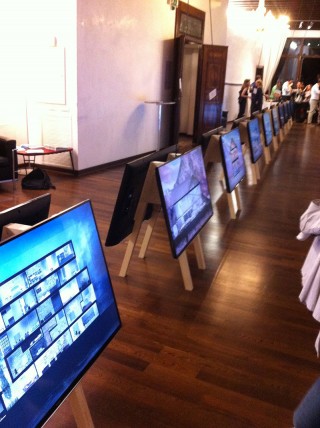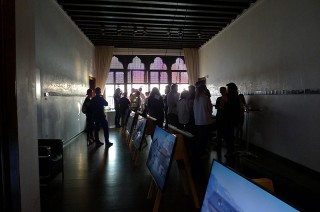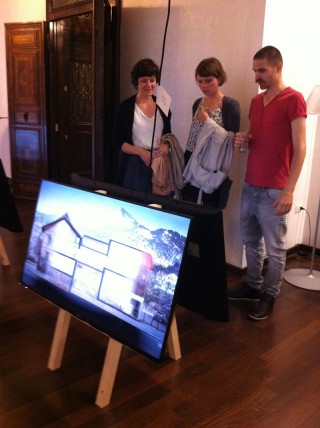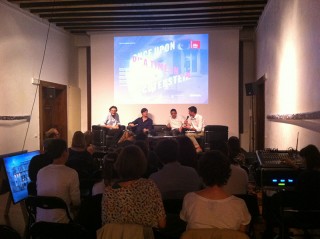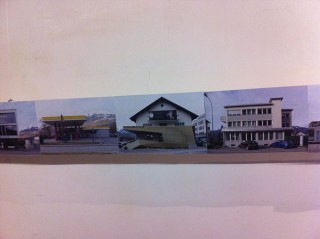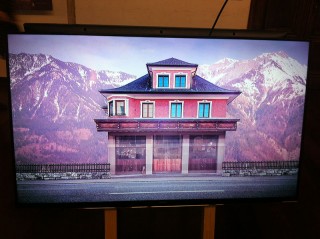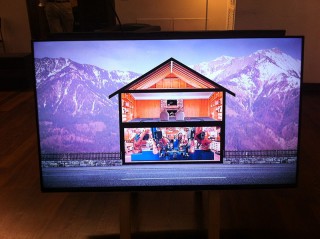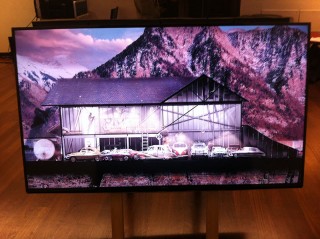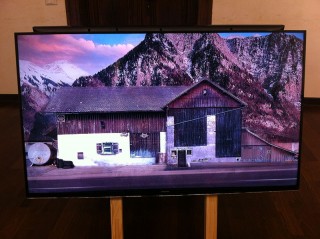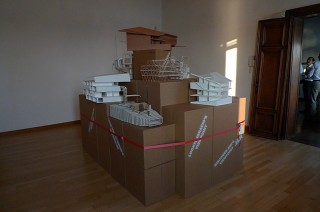Over the last 100 years, Liechtenstein has evolved from one of the poorest and underdeveloped countries to one of the most prosperous in Europe. The dramatic economic, social and spatial transformation that this tiny country has undergone in this time makes the search for “fundamentals” in its architecture a challenging adventure. Even in times of World Wars or financial crises, construction has been ubiquitous, resulting in the country’s building stock to be almost entirely assembled from typologies and styles originating from foreign influences. The consequence is a pastiche of modern and post-modern architecture which, as an ensemble could be (mis-)read as the local building culture.
This exhibition and its associated events aim to ruminate on how globally prevalent building types have been adapted to a particular local condition. Rather than attempting to identify fundamentals in the form of original building components of a distant past, its goal is to discover how this adaptive process has generated fundamental principles and values that consist in a contemporary (and future) Liechtenstein building culture.
The uncanny findings on display – developed by an international group of researchers and students at the University of Liechtenstein – are critical reflections on a particular national or regional architectural identity.
“Once upon a time in Liechtenstein” is the Principality of Liechtenstein’s first presence at the International Architecture Exhibition, La Biennale.

